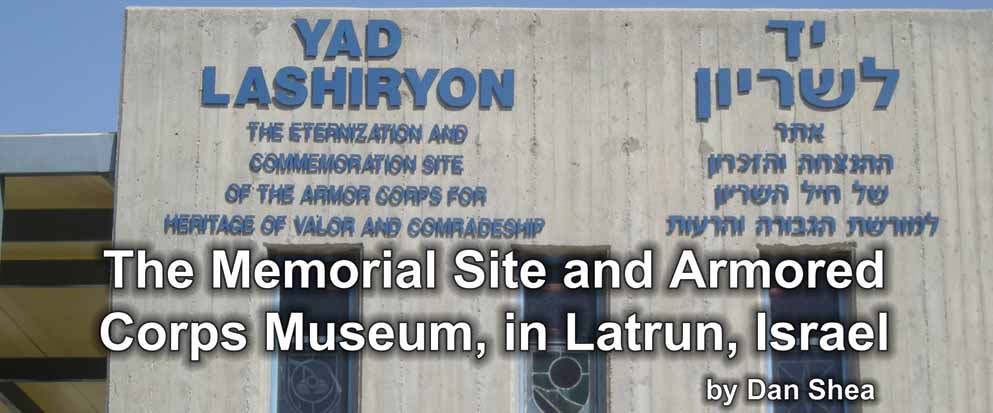Located about half-way between Tel Aviv and Jerusalem, is the community of Latrun. This hilltop town has a unique position in the history of the country of Israel. When we arrived at the site, it was immediately clear that this was the “high ground” tactically sought after in traditional battle, and further discussion disclosed how important this site has been from the 13th century BC to modern times. Here was the site of the Biblical battles of Joshua Bin-Nun against the Amorite kings (Joshua 10:12). This area was also a battlefield in the time of the Maccabis, the site of Judah the Maccabee’s battle against the army of Antiochus and his commander Gorgias, in which he defeated them and drove them to the sea (Proverbs 24:6).
More relevant to modern times, this is where the Israeli 7th Division – the second armored division set up during the War of Independence – fought to open the way through to besieged Jerusalem. These battles decided the fate of the War of Independence by freeing the capital city. The “Burma Road” was made to bypass the Latrun hill under Jordanian control, and the area was recaptured from the Jordanian Army during the Six Day War in 1967.
The museum site is called Yad La’Shiryon Latrun. This is the Memorial Site and Armored Corps Museum in Latrun, Israel but it is much more than that. Please see the sidebar for further information on what is on-site. Like most museums, it is imbued with a strong sense of patriotism and tells the story of the country from the perspective of its own politics. That said, this was an extraordinary presentation of tanks and armored vehicles, as well as a tribute to the sacrifices of the brave men and women who fought in their cause. When we entered what is called “The Tower of Tears” the memorial reached out so strongly that it was an emotional tribute impossible to mistake. We had just passed the sculpture of IDF soldiers leaping off of their Merkava tank, 5.56mm Galil rifles in hand, and walked into a tower where the walls were made of tank armor – pierced from shaped charges in battle – with water dripping down the walls into a pool underneath our feet, and circulating once again. The memorials are quite moving, and any soldier or person who has lost a loved one to battle will intuitively understand.
It’s Not Just a Museum or Memorial:
(From museum description)
First and foremost there is a Memorial complex, with the Wall of Names on which are inscribed the names of all 4,965 fallen soldiers of the Armored Corps in all of Israel’s wars; the Gate of Courage on which photographs of the fallen are projected twenty-four hours a day throughout the year; the Armor’s Tower of Tears (created by artist Danny Karavan); the Daily Memorial stand where a memorial service is held for all those who fell on each particular day, according to the Hebrew date; the Statue of Biography giving information about each fallen soldier; and “The Bind of Life” Synagogue where memorial prayers are held.
- Merkava Auditorium – an impressive hall where a presentation of the Armored Corps is projected simultaneously on nine screens.
- The AFV’s (Armored Fighting Vehicles) Museum with a spectacular display of over 150 armored vehicles.
- HERITAGE – Education Campus for Ethical Values and Nature. The Campus provides 250 students with full residential conditions, and those who study here include soldiers, students and Jewish youth from abroad. Even now, extensive educational activities are conducted there for soldiers and school-age pupils, inculcating them with a knowledge and love of Israel and teaching them about Israel’s military heritage, commemorating fallen armored soldiers, field studies, studies of bird migration, and more.
- The Armored Brigades Park – with brigade level monuments honoring and relating the story of the soldiers.
- The Trail of Time Museum – under construction. The museum will present the role of the Armored Corps in Israel’s battles and will conclude with a tank crew under war experience.
- The Allied Forces Monument – a salute by the Israeli Armored Corps to the Allied armored forces who defeated the Nazi war machine in World War II. This is the only monument of this kind in the world. The memorial is comprised of three World War II vintage tanks (American, Russian, and British), resting on a mound of gigantic stones, and alongside is a series of flags from all the countries that fought the Nazi enemy.
- The Museum of the Jewish Soldier in World War II – to be set up in the shadow of the Allied Forces Monument and enveloping it, preserving the legacy and telling the heroic story of the Jewish soldiers in the Allied Forces during World War II. In the meantime there is an Exhibition of the Jewish Soldier in World War II (400 sq. m.).
- The Hall of Valor, in honor of The Armor Corps soldiers who were decorated with the Valor Medal during the Israeli wars, along with the stories of these soldiers.
- The Hall of Commanders, telling the stories of all the commanders of the Israeli Armored Corps since the establishment of Israel in 1948.
- The out-door Exhibition of the Yom-Kippur war in 1973.
- Observation balcony, enabling an all-around view of the Latrun surroundings and including metal signs telling the history of Latrun area battles since Joshua Ben-Nun (the mid 13th century BC) up to The Six Day War in 1967.
- Data Center, including big library and multi-media documents regarding the Israeli Armor Corps and armor in the world.
- Amphitheater for up to 10,000 seats used for conferences, assemblies, ceremonies and so forth.
Historical Battles in the Latrun Area
(From the Museum literature)
- The Mid 13th century BC. One of the most famous battles led by Joshua Ben-Nun. The five Kings of Amorite laid siege on the city of Giv’on. Joshua Ben-Nun arrived from his encampment at Gilgal, and launched an attack on the five kings of the Amorite. The kings fled down the slopes of Bet-Horon
- 165 BC The Battle of Emmaus. Judah the Maccabee defeated Gorgias and his Greek Army.
- May 24-25, 1948 Operation Bin-Nun “A”. On the night between May 24-25, 1948 the 7th Brigade, which had been formed a mere 10 days earlier, attacked the Latrun complex in order to break the siege on Jerusalem and transport military forces, weapons and food to the city. The 32nd Battalion of Alexandroni Brigade, which was comprised mostly of new immigrants – many of them Holocaust survivors – was attached to provide reinforcement. According to the Brigade’s intelligence information several hundred local fighters were holding Latrun. But in fact, the Latrun complex was being held by two Jordanian battalions assisted by an artillery battalion under the command of the 3rd Brigade and reinforced by local irregulars. The 32nd Battalion under the command of Zvi German was ordered to capture the Latrun complex and the police fortress. The 72nd Battalion, commanded by Zvi Horvitz, had to capture the village of Dir-Ayub and to join forces in Sha’ar Hagai (Bab-el-Wad). After brutal fighting, the 7th Brigade had to retire from the fight.
- May 30-31, 1948 Operation Ben-Nun “B”. The decision to open the road to Jerusalem – at any cost – was made by the IDF General Staff shortly after the abortive operation Bin-Nun A. This came in response to the Israeli assessment that a massive combined attack by the armies of Egypt, Iraq and Jordan is imminent and would lead to the fall of Jerusalem. The task was again given to the 7th Brigade which was reinforced by the 52nd infantry Battalion of the Givati Brigade. The IDF’s first armored Battalion, the 73rd Battalion (later renamed 79th), was ordered to take the police station, the monastery and Latrun village. After a brutal battle, the Israeli forces had to withdraw again.
- June 9-11, 1948 The Burma Road. After two bitter failures at the Latrun bulge the 7th Brigade turned its efforts to lift the siege of Jerusalem by looking for an alternative road that would by-pass Latrun. The brigade paved a new path south of the Jordanian strongpoint which became the main supply route to the besieged Jerusalem. The siege of Jerusalem was finally lifted, enabling the city to continue fighting, ensuring the existence of its large population, keeping Jerusalem an integral part of the state of Israel and eventually becoming the nation’s capital. This hard to attack bypass road was dubbed the “Burma Road” (after the Burma Road from India to China, paved by the U.S during WWII).
- June 5-6, 1967 The Latrun Conquest. 19 years passed from the War of Independence, when the 7th Brigade punched a primitive by-pass road (the “Burma Road”) to besieged Jerusalem through the hills near the Jordanian-held positions around Latrun, until the reopening of the highway to Jerusalem – (today’s Road No. 1), this was accomplished with Israel’s dominance of the area during the Six Day War.
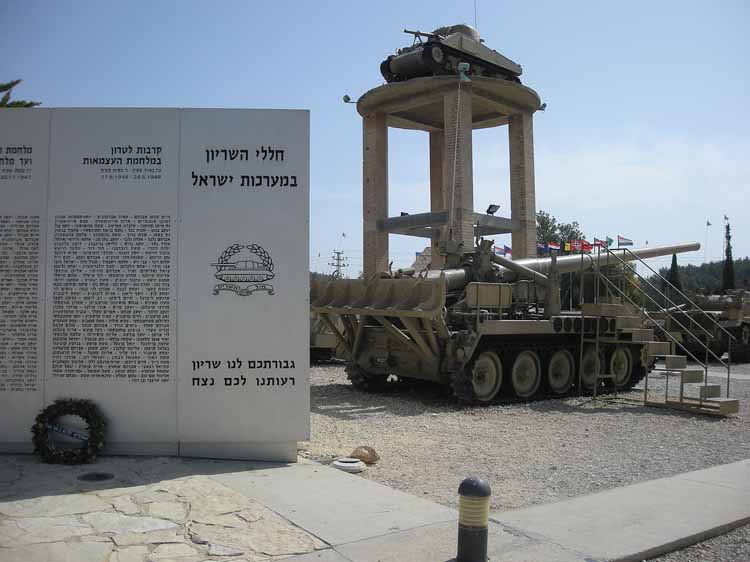
Getting there:
The Latrun location is about 46km from Tel Aviv, or a little over half-way from Tel Aviv to Jerusalem. There are public buses that run between the two cities that have stops in Latrun, and private tours stop there as well. A taxi from Tel Aviv will be approximately 200 shekels ($60 USD) each way. If you have a rental car, take Road 1 towards Jerusalem, and there are road signs for the museum.
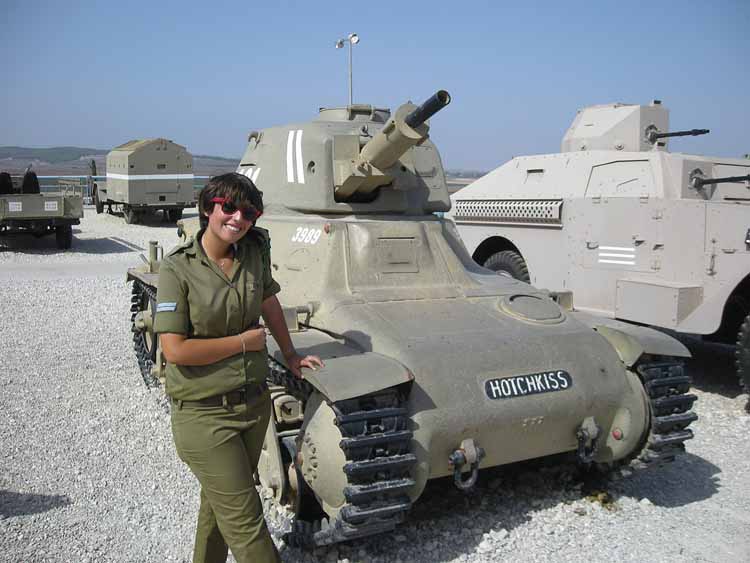

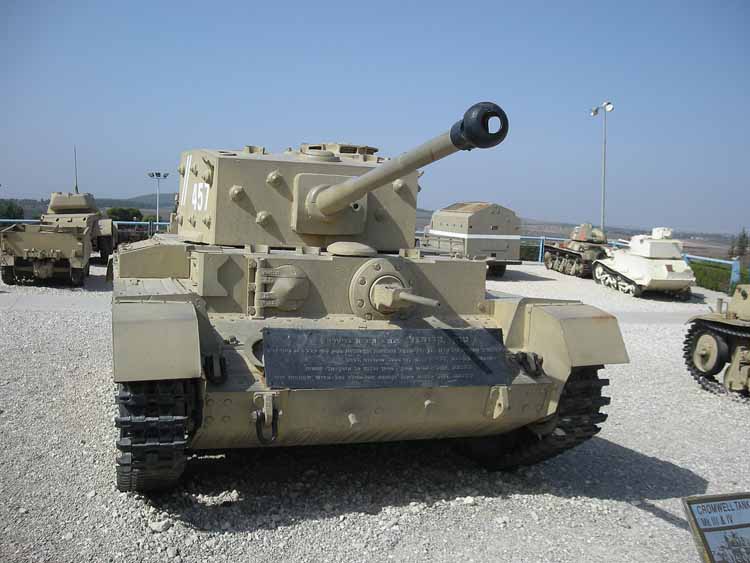

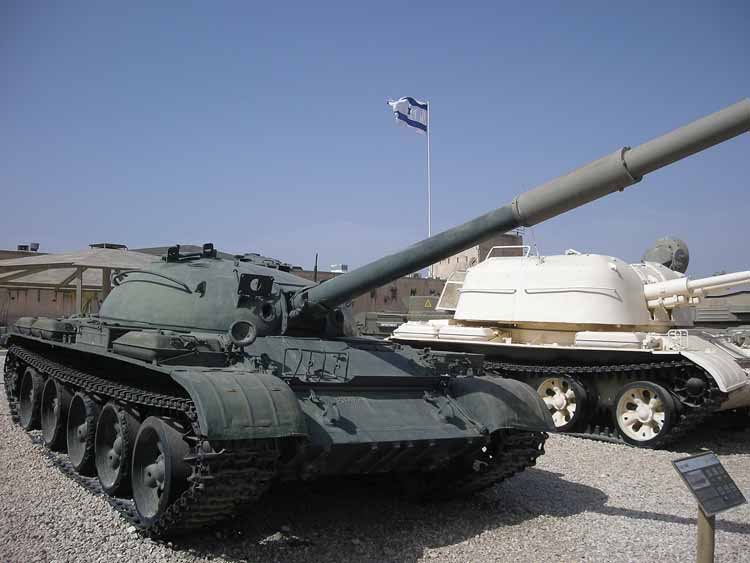
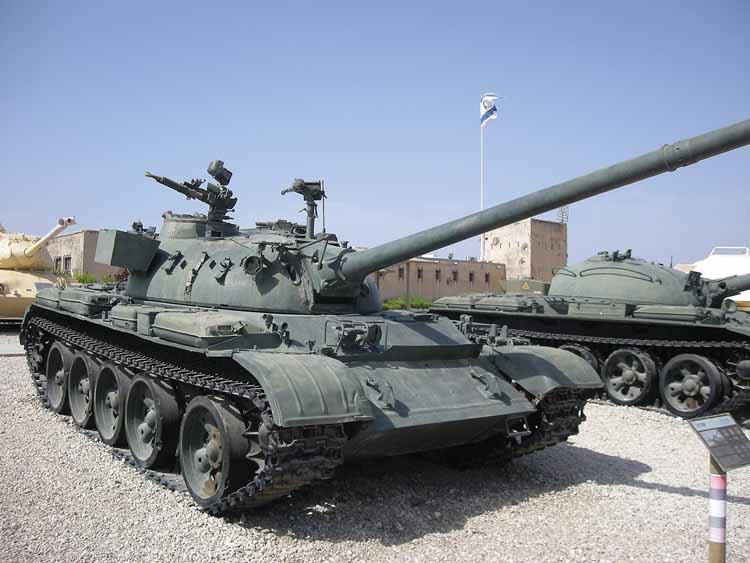
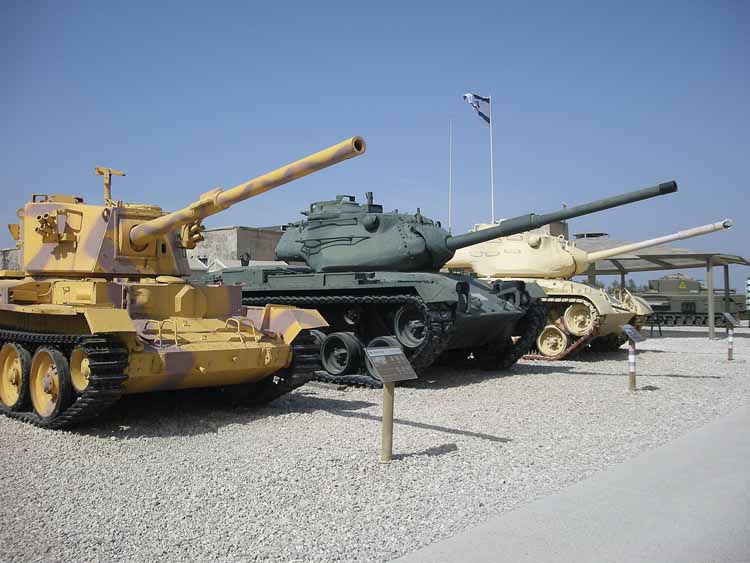
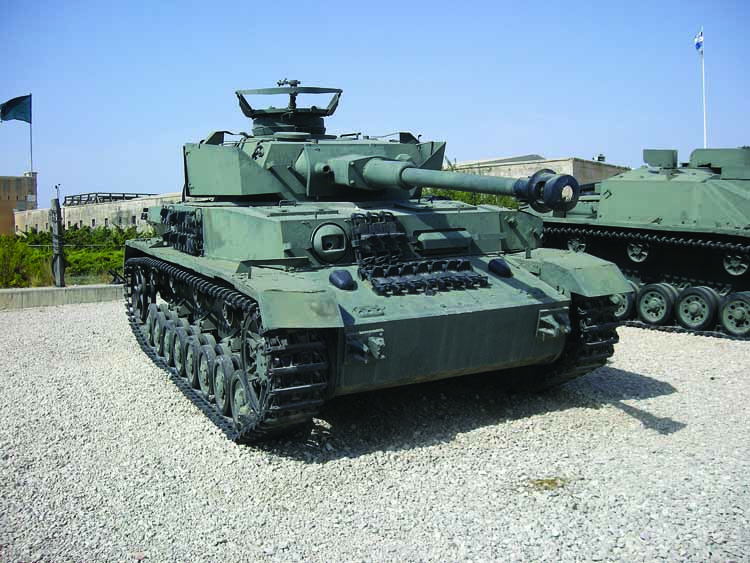
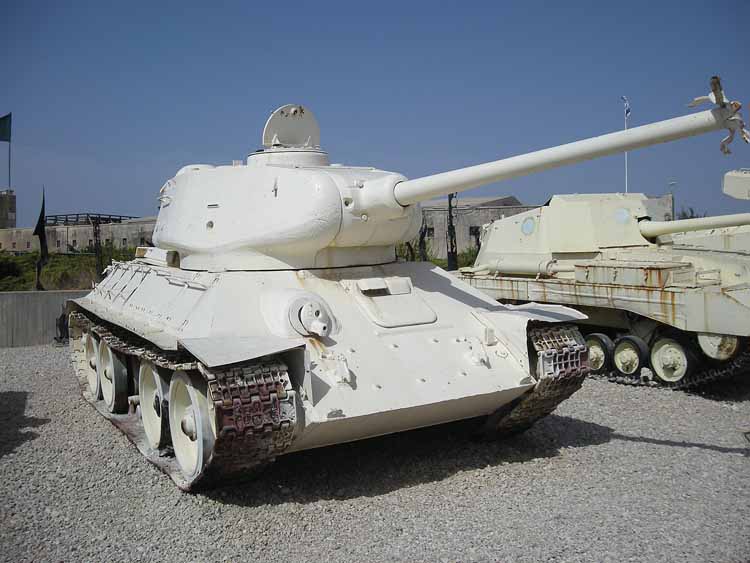
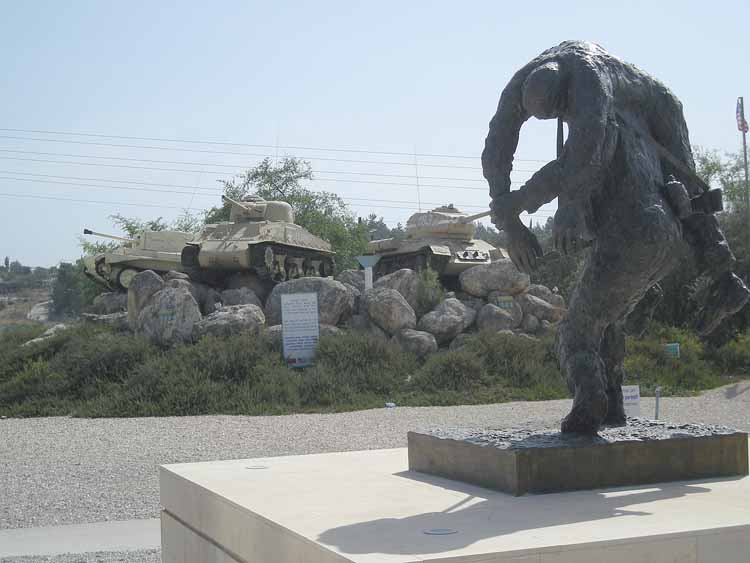
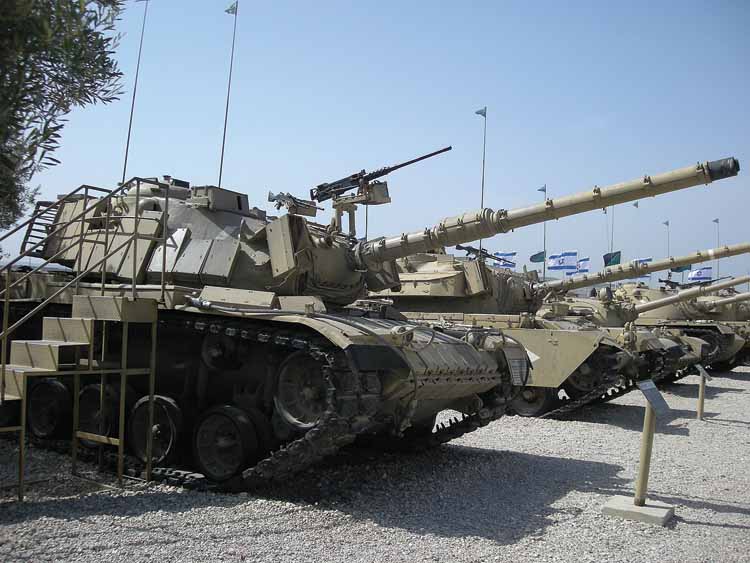
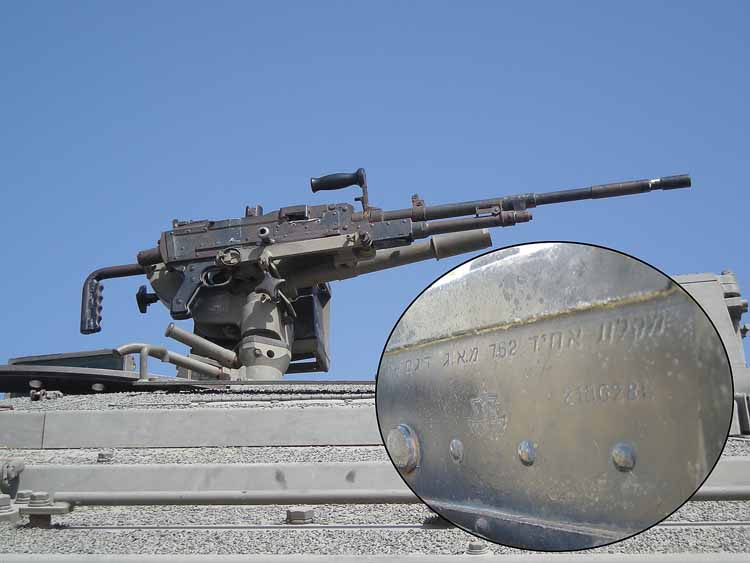
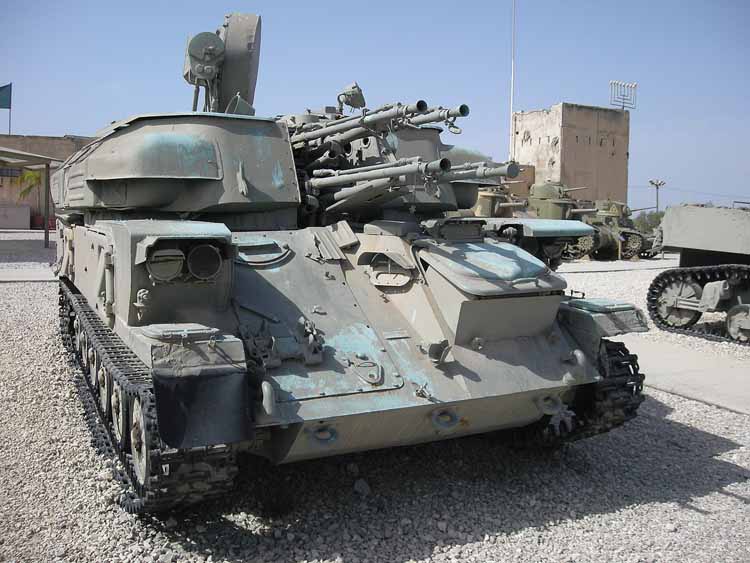
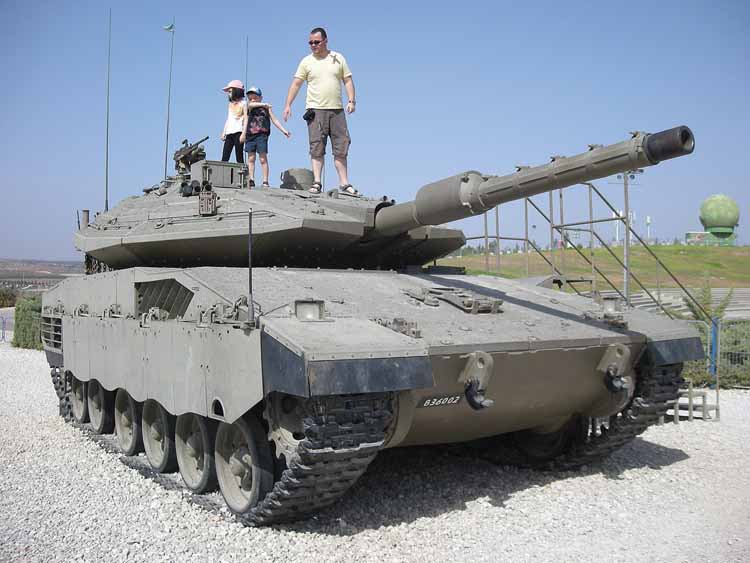
To contact the “Yad Lashiryon” Association:
Tel.: +972-8-9255268
Fax: +972-8-9255186
E-mail: yadlashiryon@gmail.com
Website: www.yadlashiryon.com
Mailing address:
Yad LaShiryon in Latrun
M.P. Shimshon 99762 Israel
| This article first appeared in Small Arms Review V15N2 (November 2011) |



